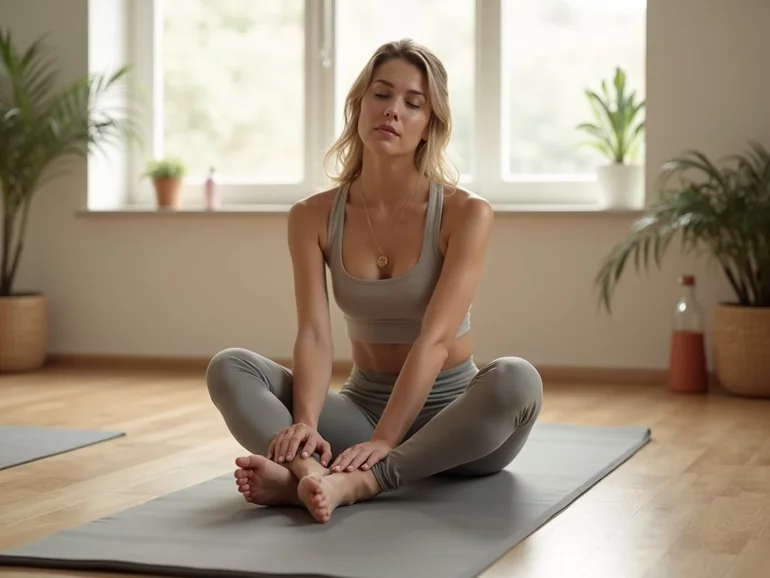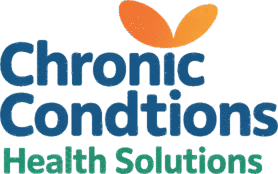
Did you know that incorporating just a little movement into your daily routine can significantly improve your overall quality of life? Regular exercise not only alleviates physical discomfort but also has powerful emotional benefits, helping you reclaim your joy.
Understanding the benefits of movement for chronic pain relief involves recognizing how exercise impacts physical function, mood, and overall well-being. Below is a summary of key benefits and the process of building a sustainable exercise routine. For more insights on how exercise can be integrated into a broader health strategy, consider exploring exercise physiology for chronic conditions.
Chronic pain is a persistent discomfort that affects many individuals, often interfering with daily activities and overall quality of life. It can stem from various conditions, such as arthritis, fibromyalgia, or previous injuries. The sensation of pain can be constant or intermittent, leading to feelings of frustration and helplessness. Have you ever felt like your pain was stealing your joy? You're certainly not alone in this experience.
The impact of chronic pain goes beyond physical discomfort; it can lead to emotional challenges, including anxiety and depression. Many find themselves withdrawing from social activities and feeling less motivated to keep up with the things they love. Therefore, it’s crucial to address chronic pain holistically, focusing on both physical and mental well-being. This holistic approach is also vital when considering stress management for chronic illness.

Chronic pain isn’t just a symptom; it’s a complex condition that can hinder your ability to perform everyday tasks. It might start as a dull ache or sharp pain that becomes your unwelcome companion. As a result, you might find yourself modifying daily routines to avoid discomfort, which can create a cycle of inactivity and further exacerbate the pain.
Recognizing the multifaceted nature of chronic pain is essential to managing it effectively. Understanding how it affects your life is the first step toward developing a plan that incorporates movement and exercise into your routine.
Engaging in regular exercise can be a powerful tool for alleviating chronic pain. At Chronic Conditions Health Solutions, I often emphasize that movement can serve as medicine. Exercise helps to release endorphins, which are natural pain relievers, and can improve overall physical function. Have you considered how just a little movement can lead to significant benefits? Here's how exercise contributes to pain management:
Incorporating exercise into your daily routine doesn’t have to be overwhelming. Even small, consistent steps can lead to improvements over time. Remember, you’re not just managing pain; you’re actively participating in your health journey! Let’s explore how we can tailor an exercise plan specifically for your needs in the next section.
Did you know? Consistency is key when it comes to managing chronic pain through exercise. Aim for at least 150 minutes of moderate aerobic activity each week, broken down into manageable sessions. This could be as simple as a 30-minute walk five times a week. Remember, every little bit counts towards your overall well-being!
At Chronic Conditions Health Solutions, we believe that creating an effective exercise plan tailored to your unique needs is essential for managing chronic pain. A sustainable routine can significantly improve your quality of life and help you achieve your wellness goals. Here are some key takeaways to consider:
By focusing on these elements, you can develop a routine that not only addresses your chronic pain but also promotes overall health and well-being. This aligns with the broader goal of living well with chronic conditions.

Building a sustainable exercise routine is all about finding what works best for you. Think of your routine as a journey, not a race. It’s important to integrate activities that you enjoy and that fit seamlessly into your lifestyle. Have you considered what types of exercises bring you joy? Here are some tips to help you create that sustainable routine:
Creating a routine that resonates with you can make the journey of managing chronic pain not only effective but enjoyable!
To truly thrive in your journey towards better health, it’s essential to remain engaged and continue learning about your options. At Chronic Conditions Health Solutions, we’re dedicated to supporting you through this process. Here are some resources and strategies to consider:
There are numerous resources available to help you create a personalized exercise plan that suits your needs. From online platforms to local programs, the options are plentiful:
Having access to these resources can empower you to take control of your health journey.
While self-managing your condition can be effective, there are times when professional guidance is invaluable. Knowing when to reach out for support can make a significant difference in your healing process. Consider seeking help in the following scenarios:
Physical therapists and health coaches play a crucial role in chronic pain management. They can provide tailored exercise recommendations and monitor your progress, ensuring that you're on the right track. The support they offer can help you navigate challenges and stay motivated!
Connecting with others who share similar experiences can be incredibly beneficial. Support groups provide a sense of community, while wellness programs offer structured guidance. Engaging with such resources can enhance your motivation and dedication to your exercise plan, helping you stay committed to your health goals.
Here are some common questions regarding the role of exercise in managing chronic pain:
Here is a quick recap of the important points discussed in the article:
At Chronic Conditions Health Solutions, we're dedicated to transforming chronic disease management through personalized exercise physiology and evidence-based lifestyle interventions. Dr. Emilia Carter and our team empower you to achieve better health outcomes and a more fulfilling life. Your well-being is our priority.
